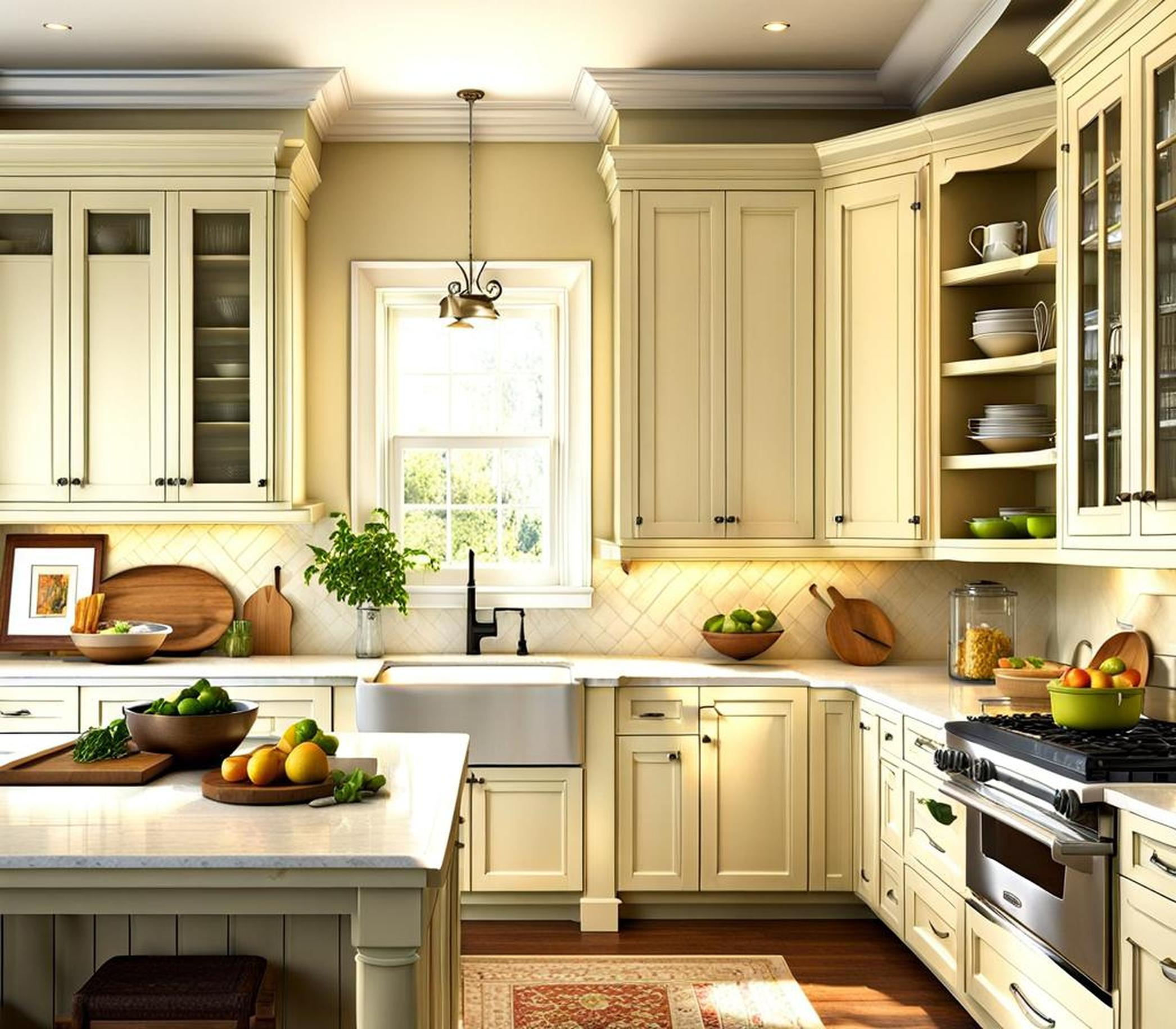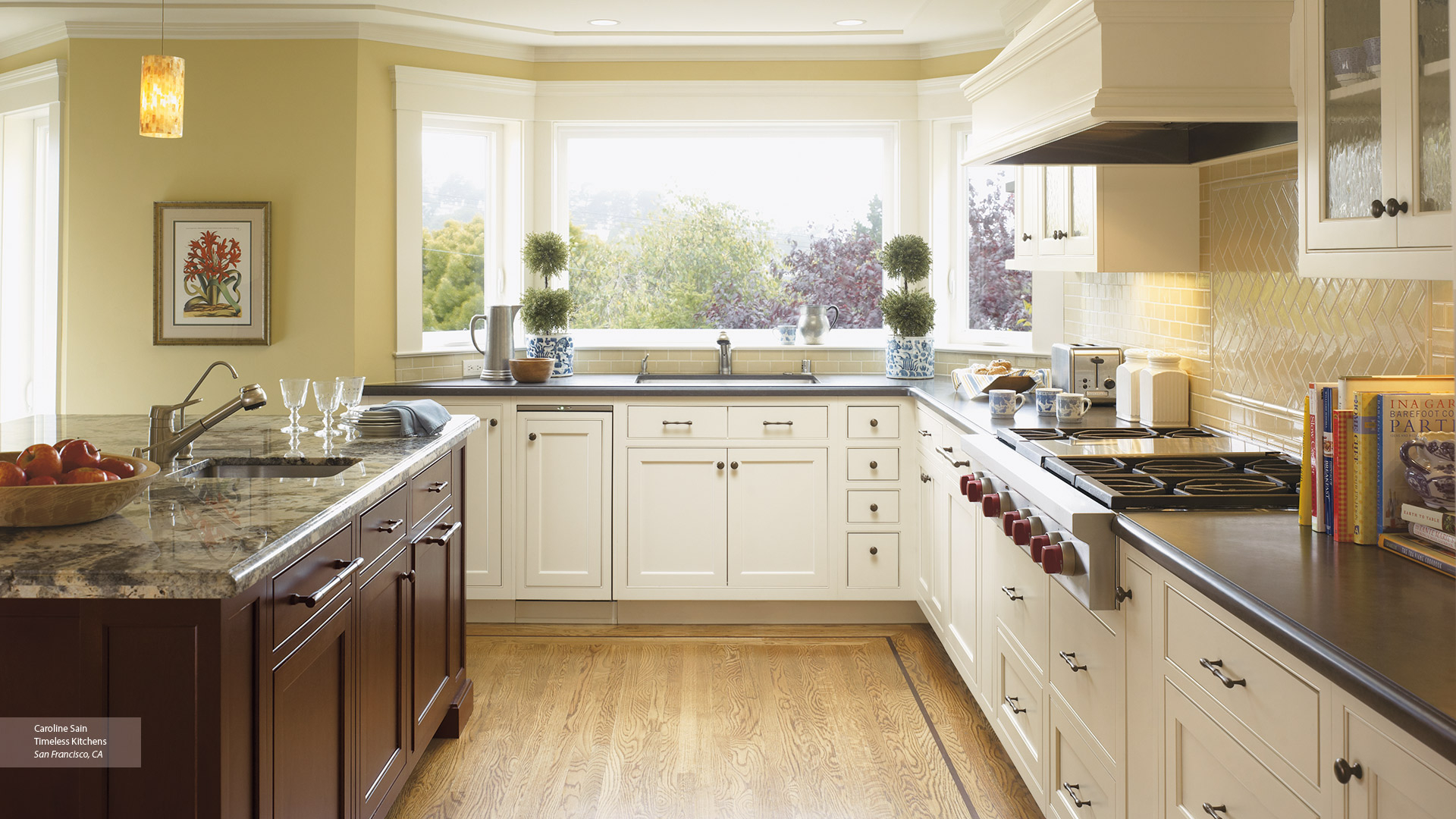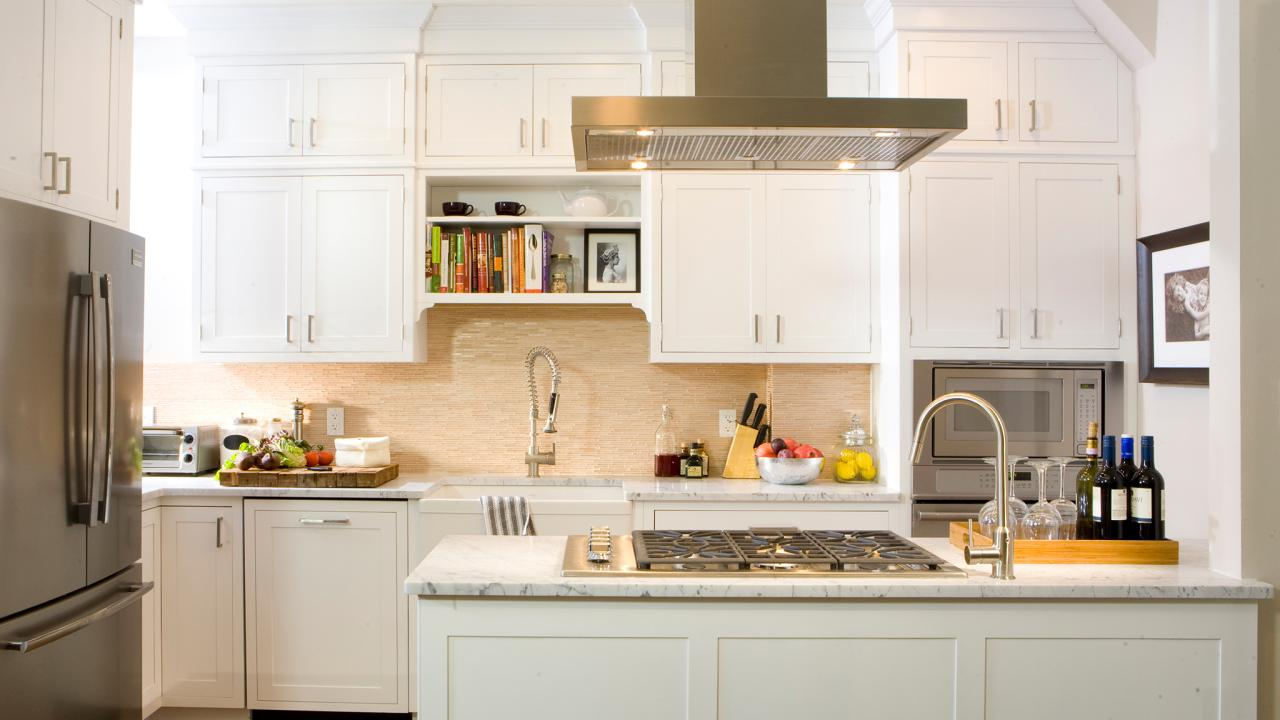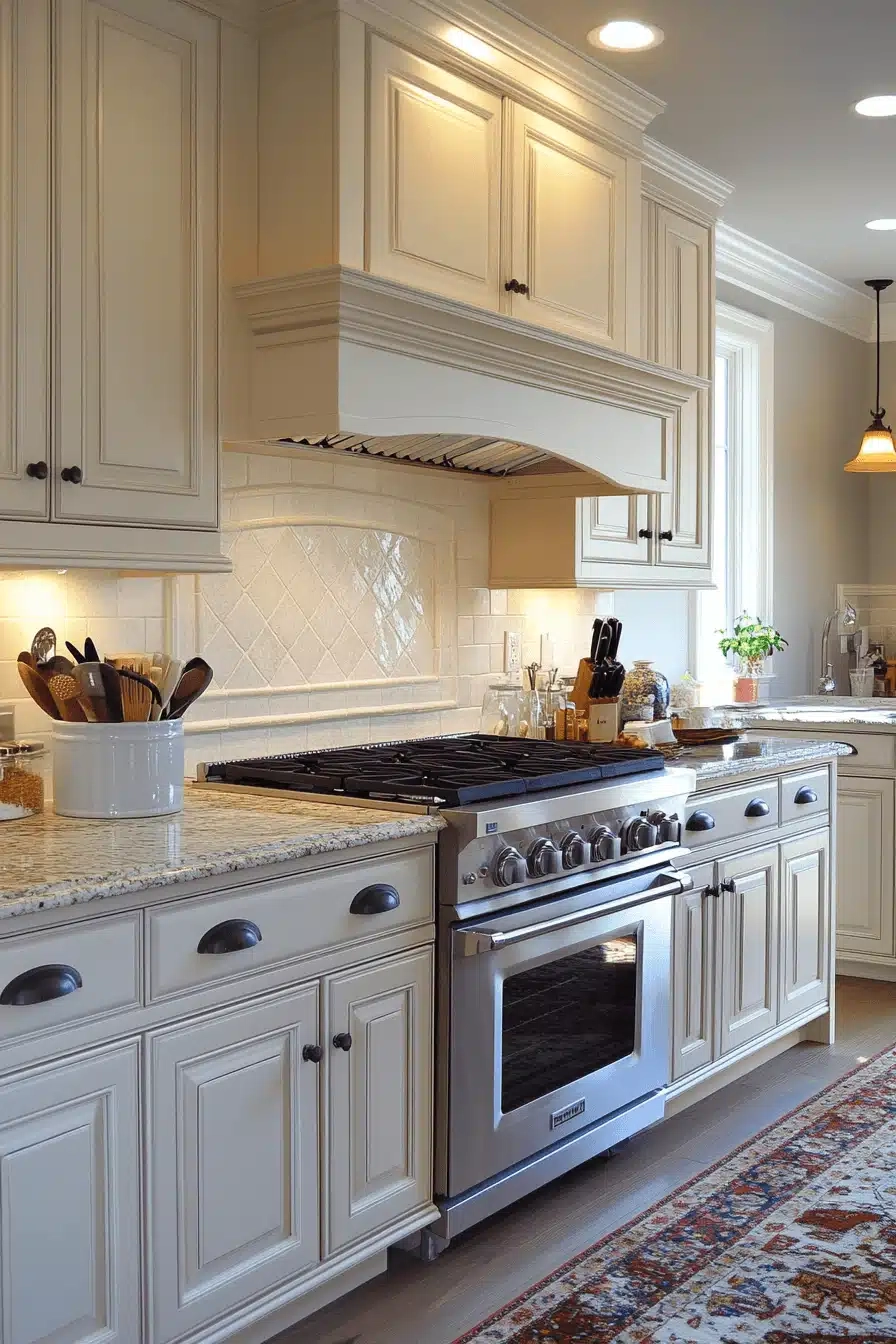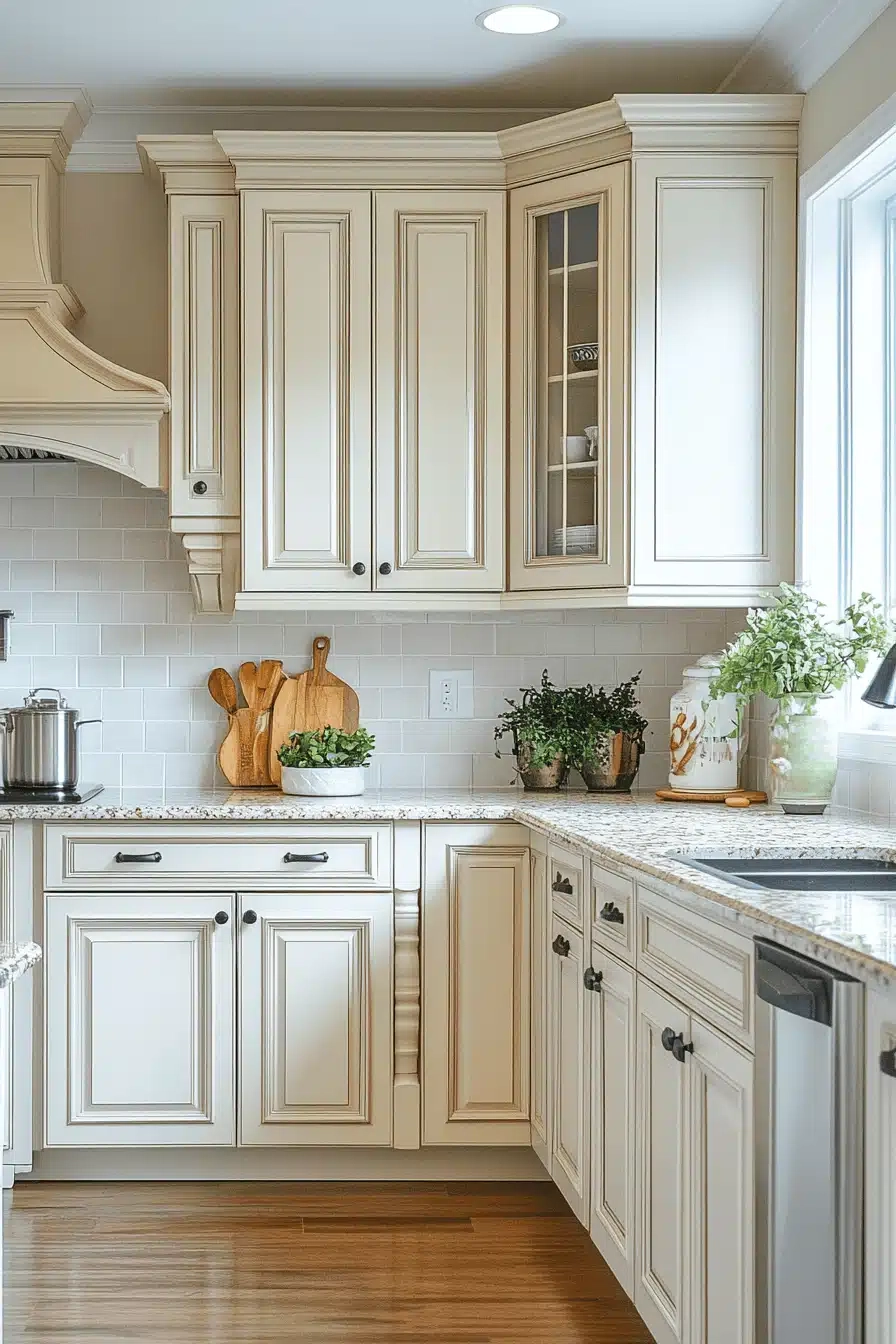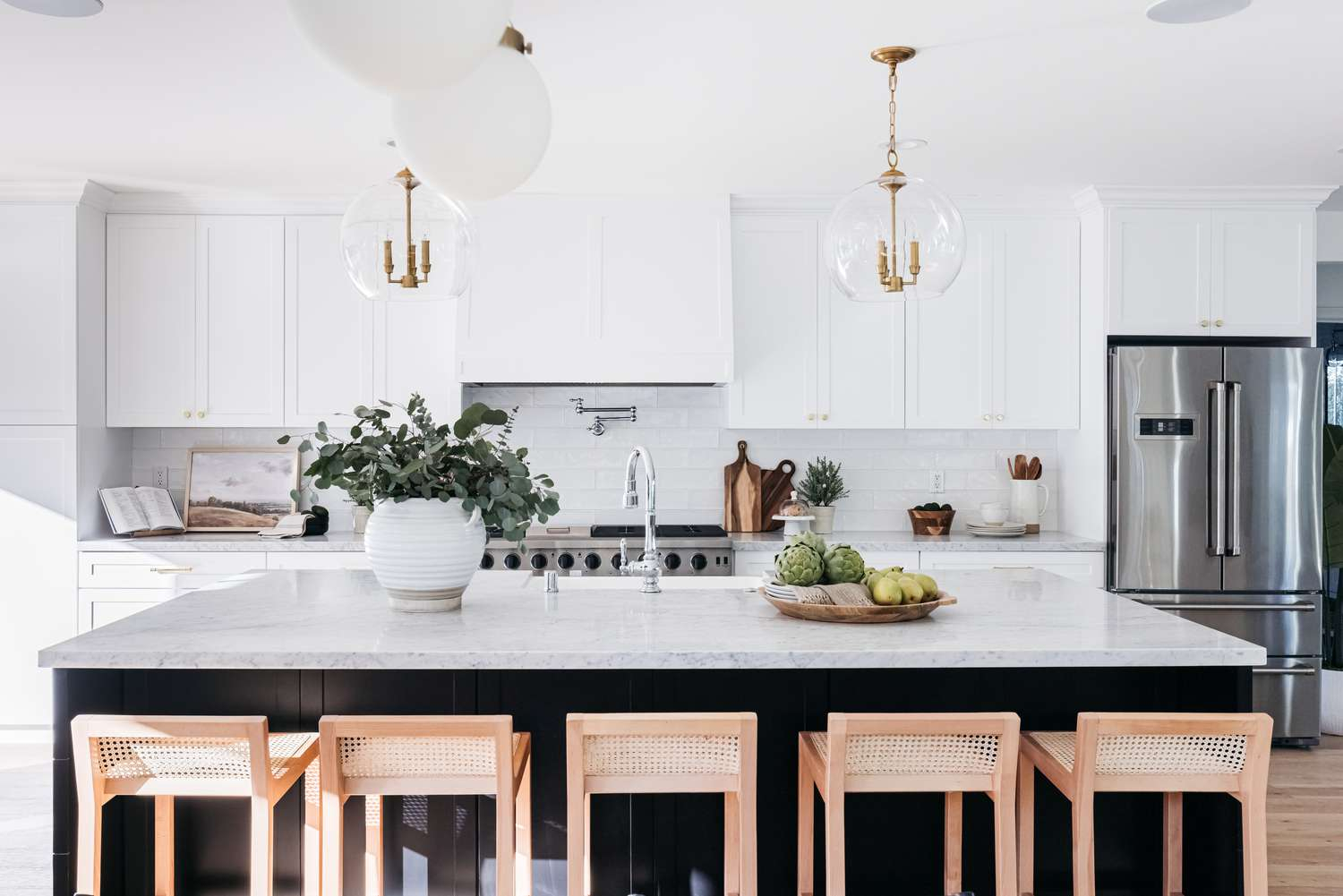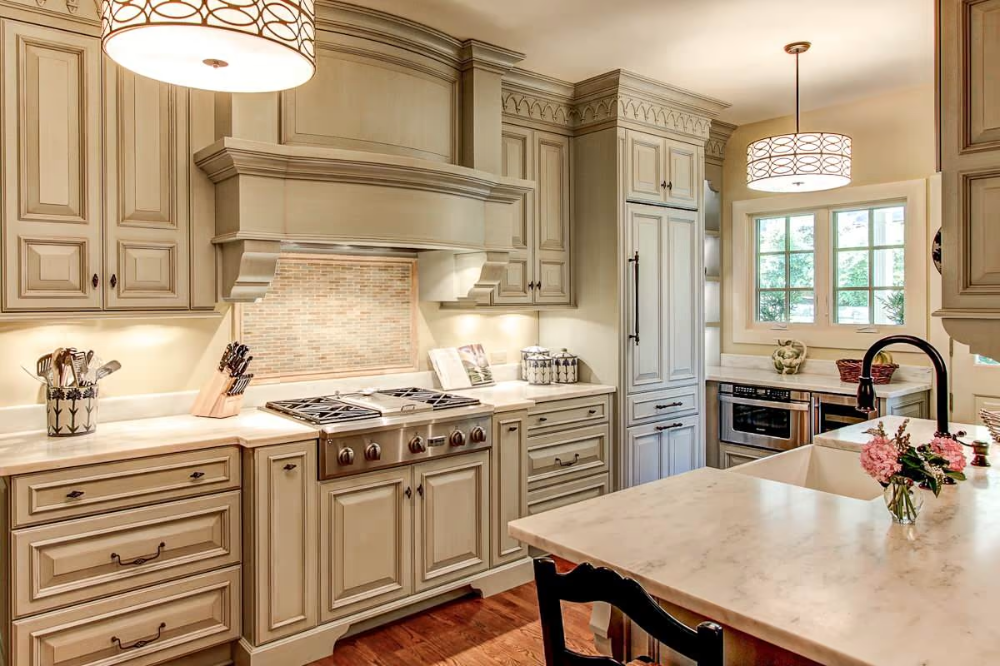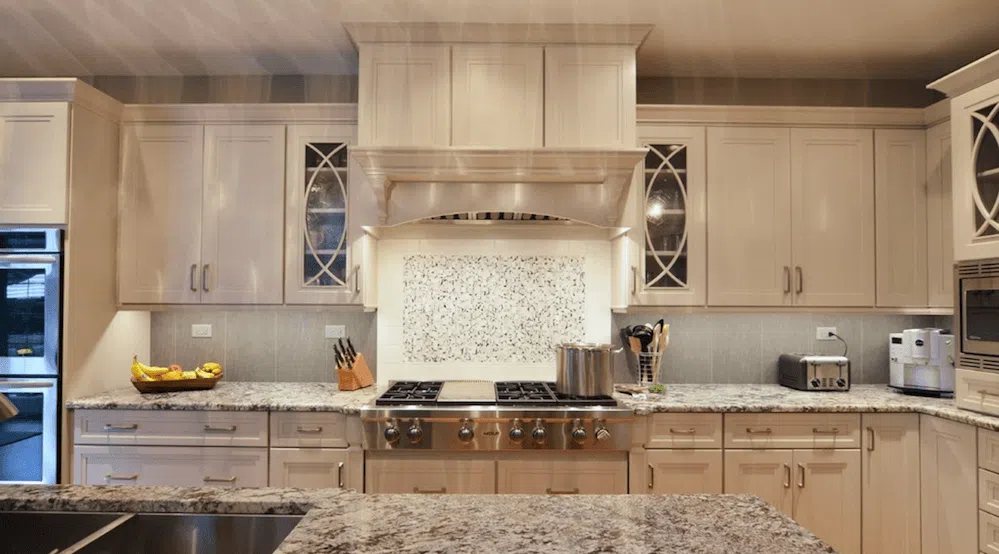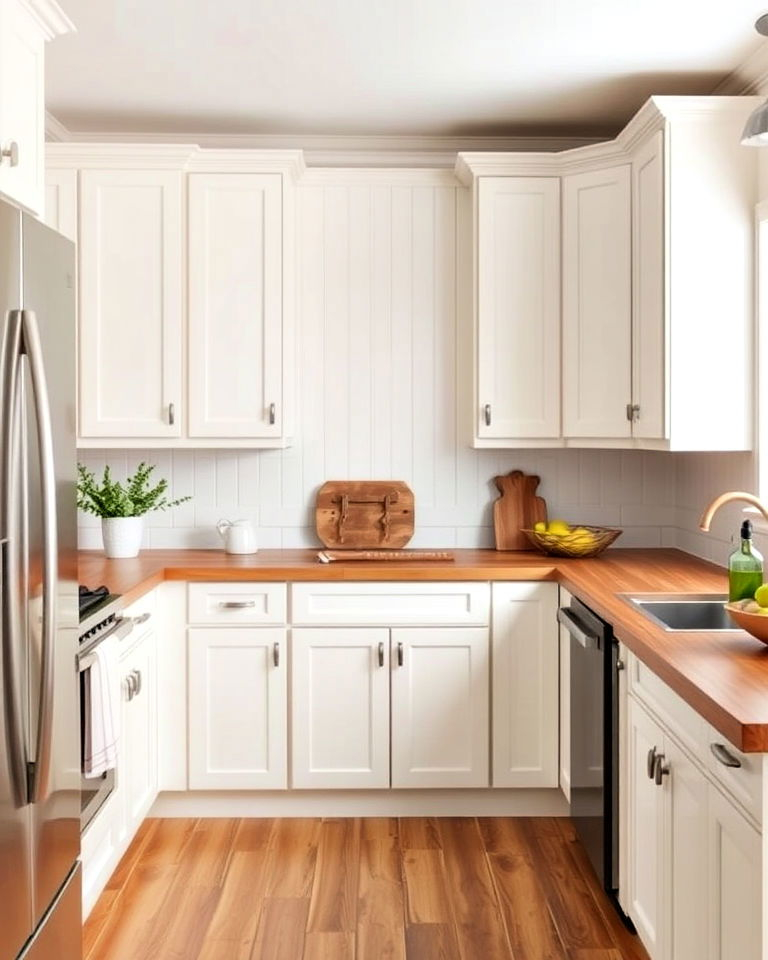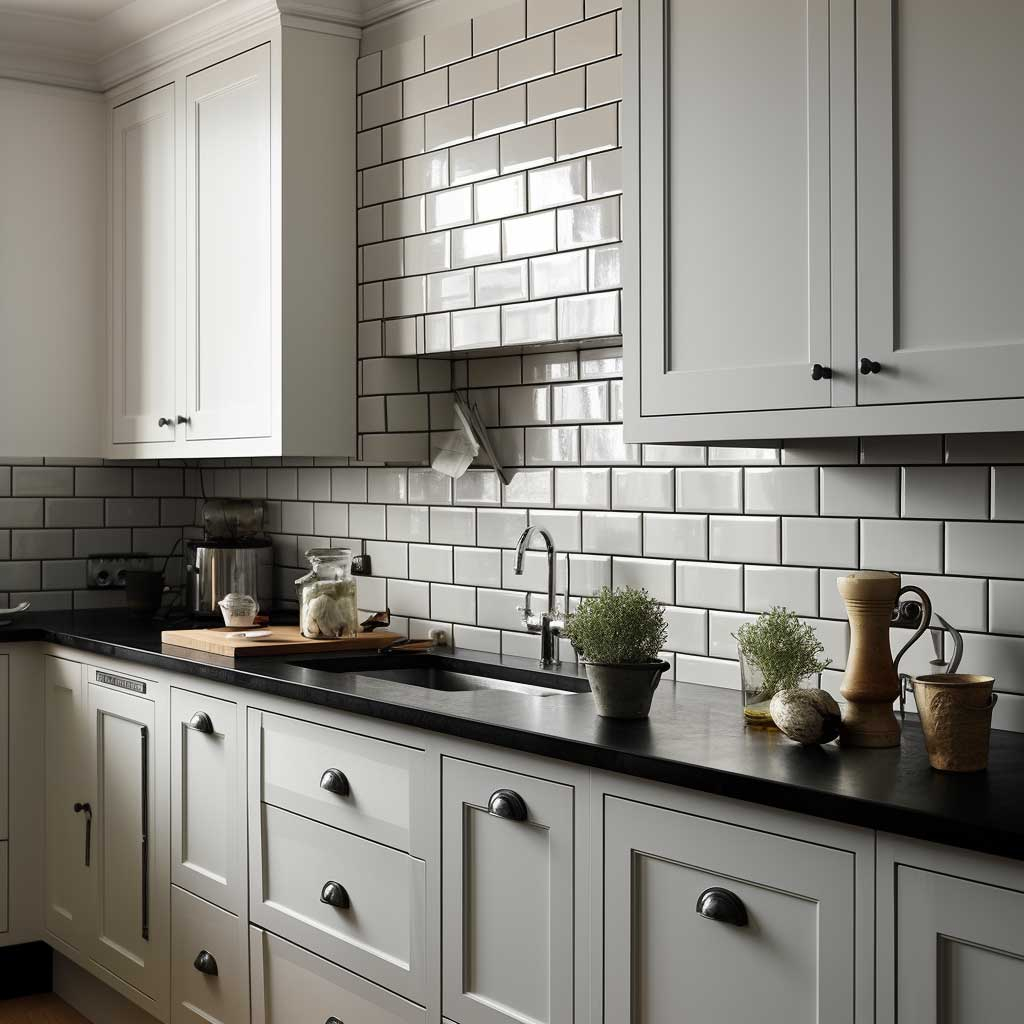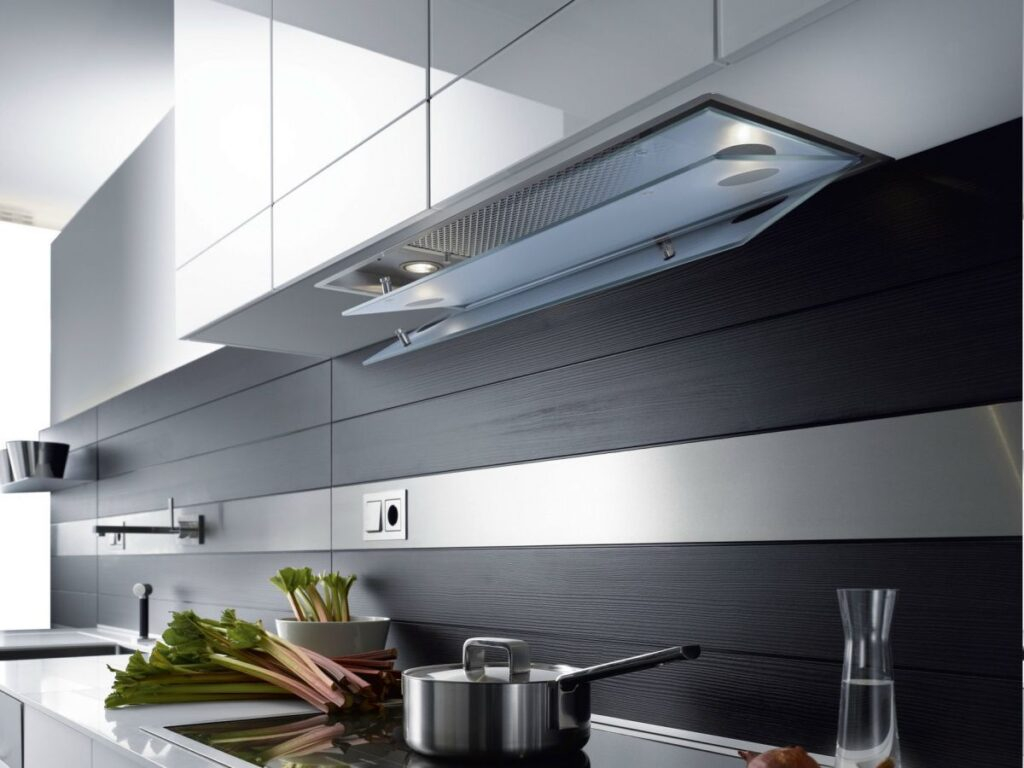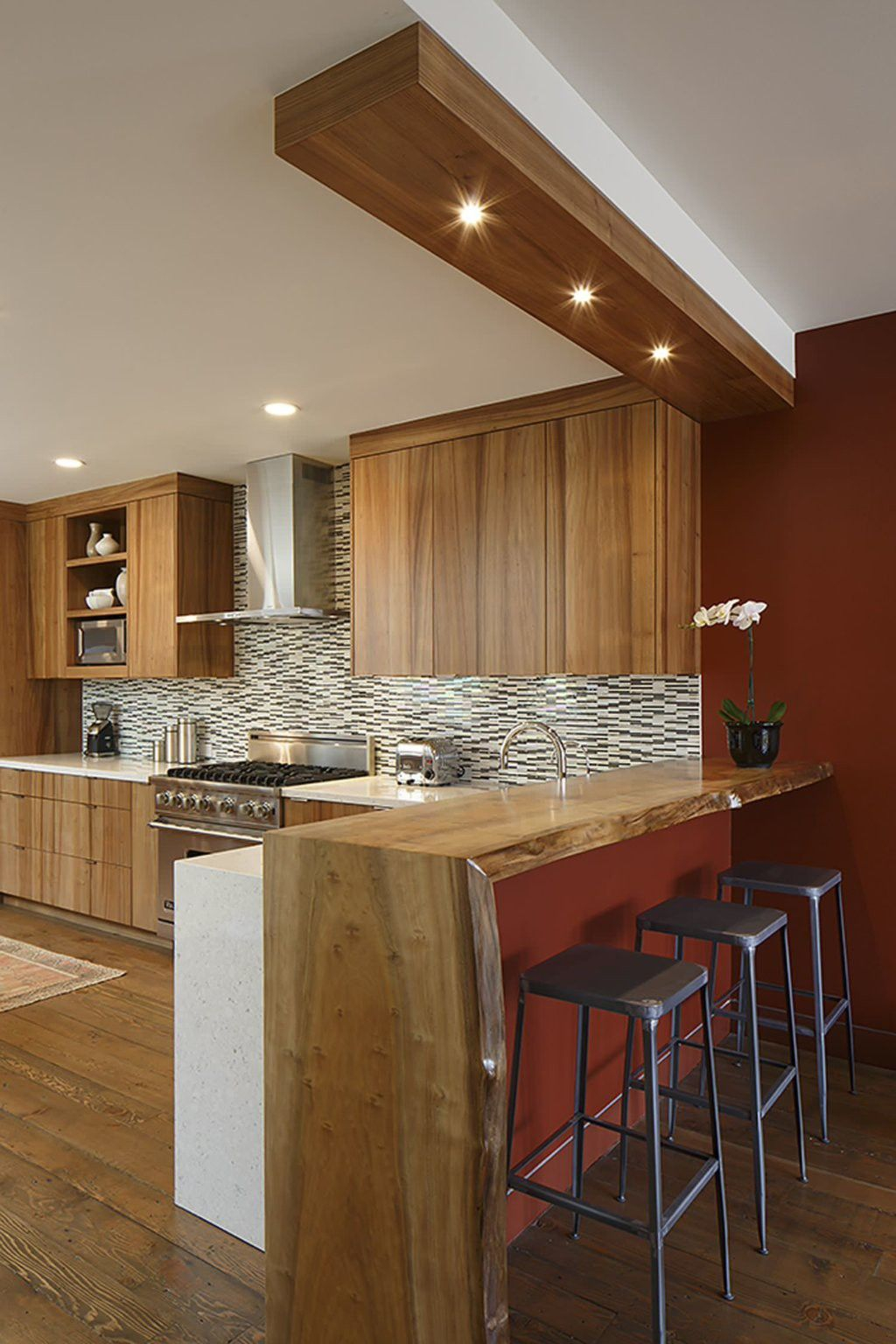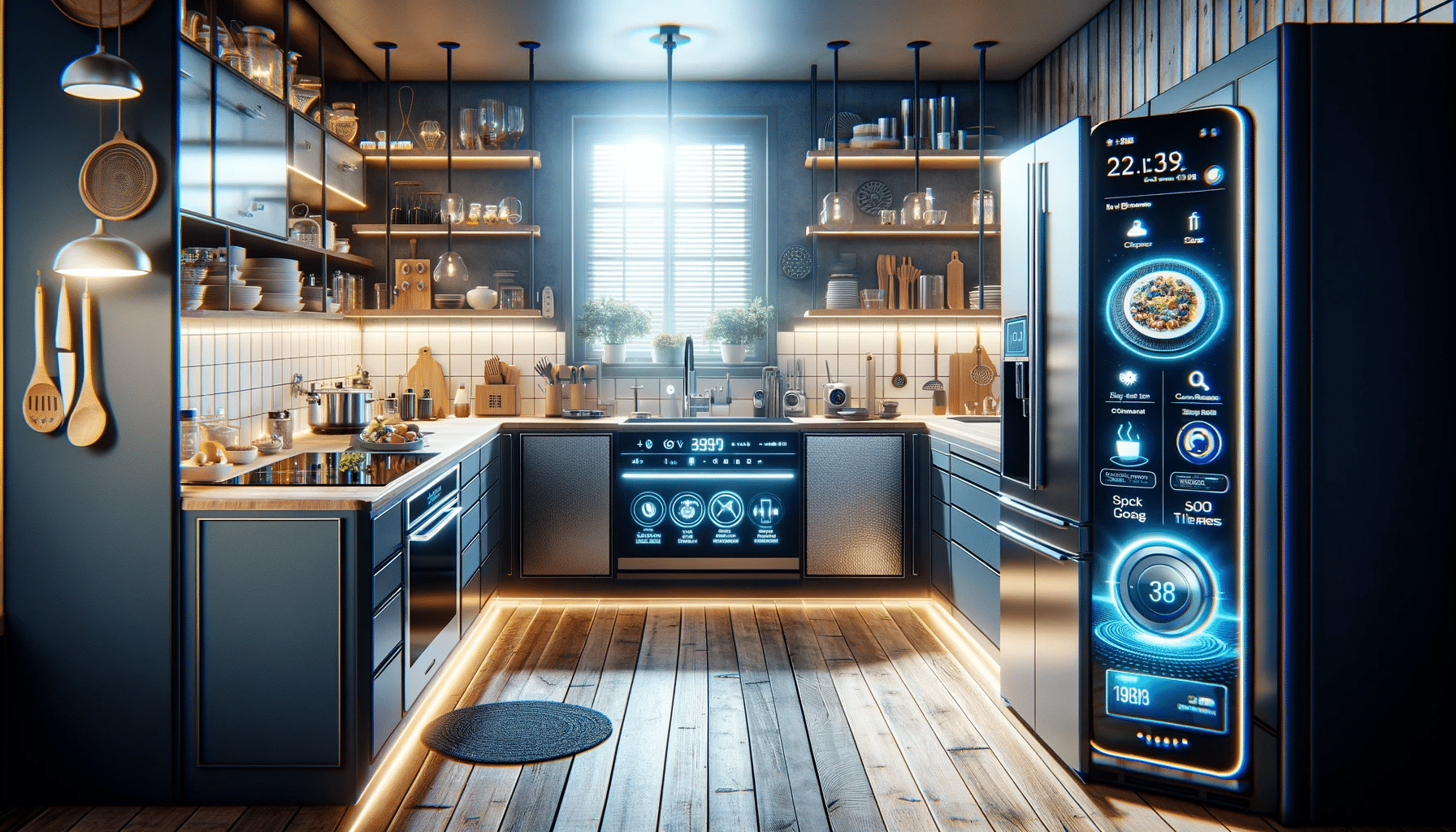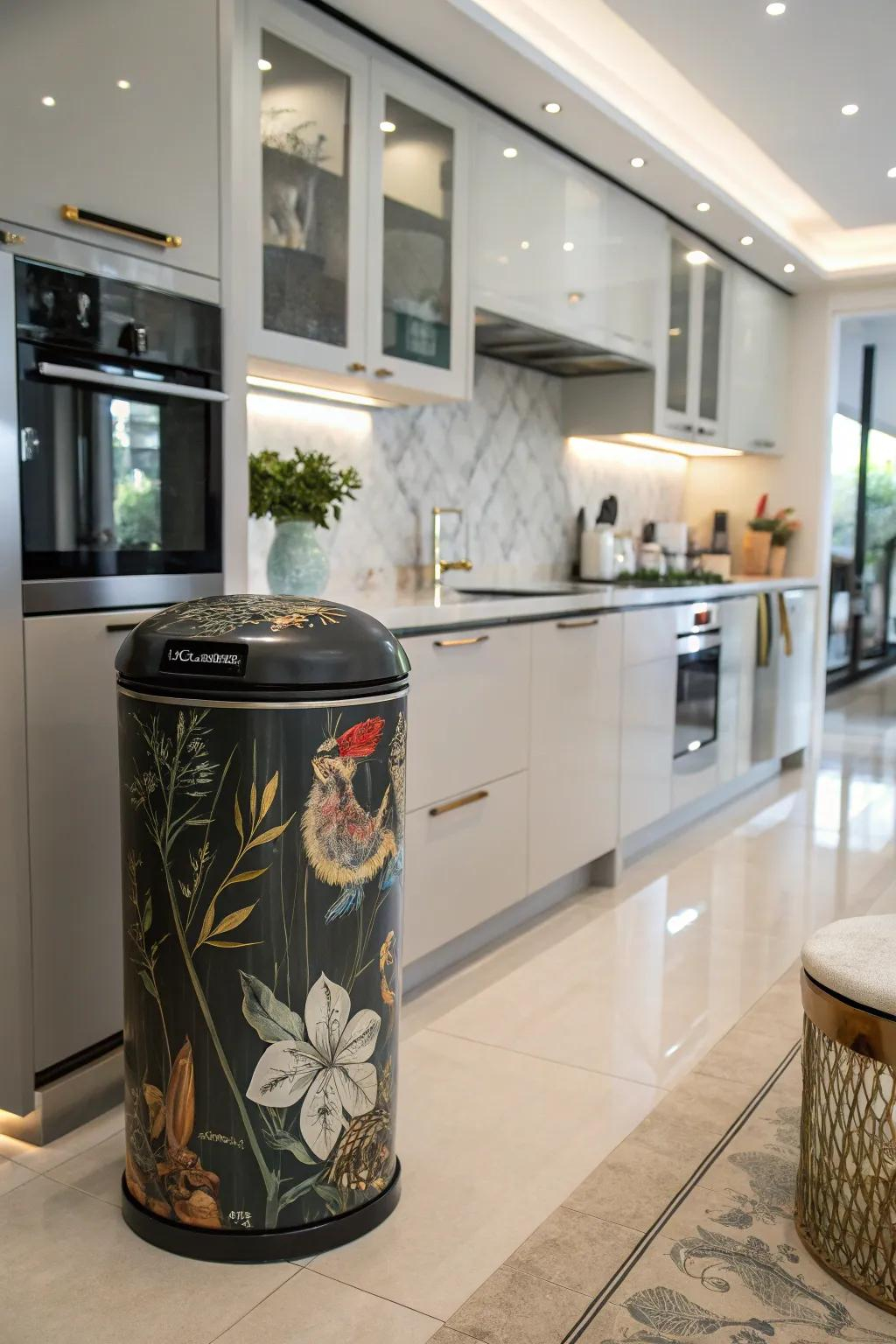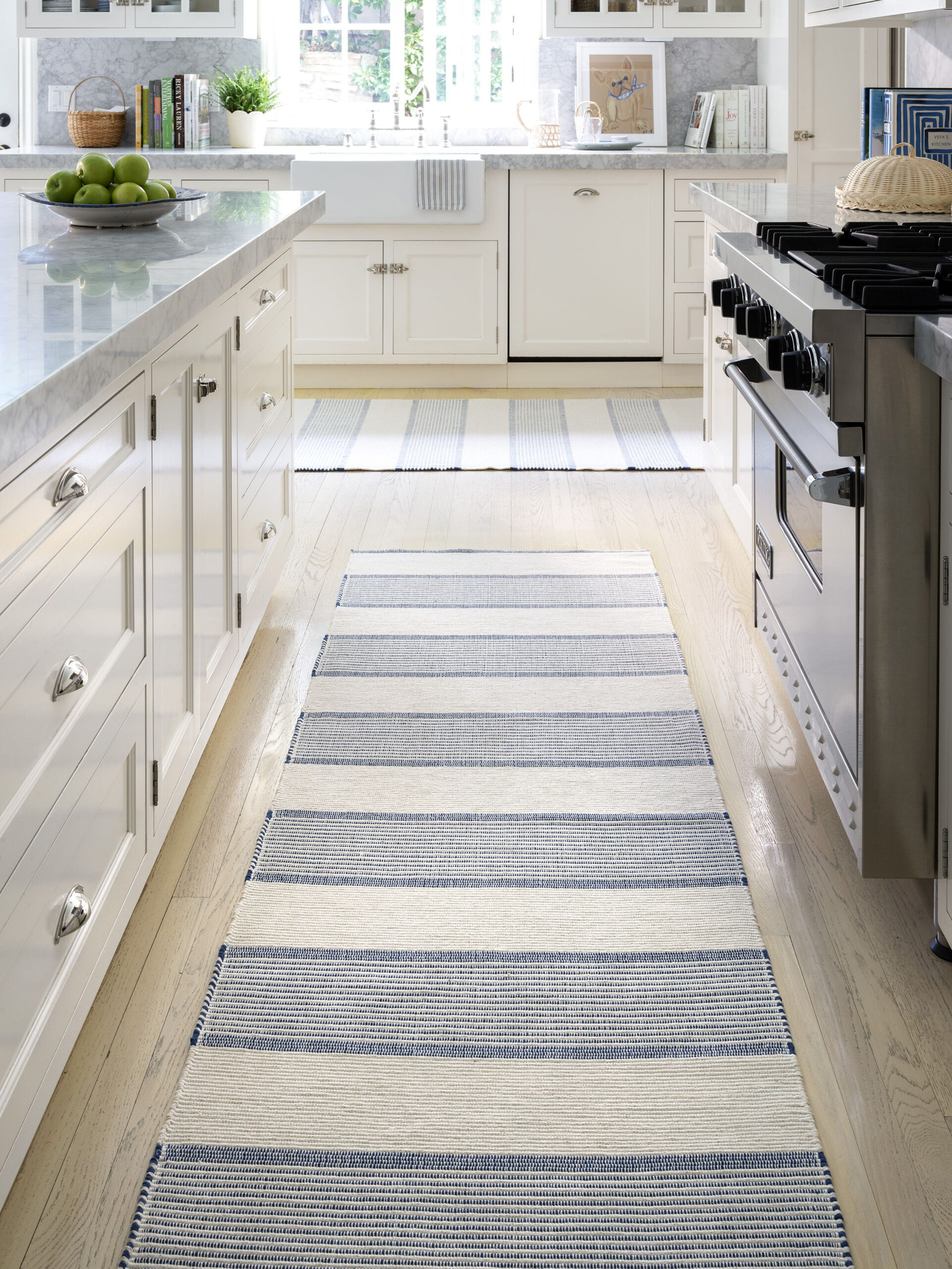Off-white kitchen cabinets. They’re a timeless choice, aren’t they? They bring a sense of airiness and sophistication to any kitchen, making the whole room feel larger and more inviting. But let’s be honest, keeping them looking their best can feel like a constant battle against smudges, grease, and the general wear and tear of a busy kitchen. If you’ve ever found yourself sighing at a stubborn fingerprint or a mysterious splatter, you’re not alone. This guide is here to demystify the process and share the real secrets to maintaining those gorgeous off-white surfaces.
We all love the look of off-white cabinets. They reflect light beautifully and create a clean, welcoming atmosphere. However, their light hue means that every little mark, every smudge, every errant splash of sauce, seems to stand out more prominently. It can be disheartening when your dream kitchen starts to look a little less than perfect. But what if I told you that achieving and maintaining that spotless, showroom-quality look is entirely possible, and it doesn’t require a team of professional cleaners on standby? It’s all about understanding the materials, employing the right techniques, and adopting a few simple habits. Let’s dive into how you can keep those cabinets shining.
Understanding Your Cabinet’s Finish
Before you grab the nearest cleaning spray, it’s crucial to know what you’re working with. Most off-white kitchen cabinets are finished with either paint or a laminate. The type of finish dictates the best cleaning approach. Painted cabinets, especially those with a satin or semi-gloss finish, are generally durable and can withstand gentle cleaning. However, matte finishes can be more delicate and might absorb moisture or stain more easily. Laminate finishes, often found on more budget-friendly cabinetry, can sometimes be susceptible to damage from harsh chemicals or excessive scrubbing. A quick check of your cabinet manufacturer’s care instructions is always a smart first step. If you’re unsure, test any cleaning solution on an inconspicuous area, like the inside of a door, before tackling the main surfaces. This small precaution can save you a lot of heartache later on.
The Gentle Art of Daily Cleaning
The best defense against stubborn stains is a good offense – or in this case, consistent, gentle cleaning. For everyday smudges and light dirt, a simple solution of warm water and a few drops of mild dish soap is usually all you need. Dampen a soft, microfiber cloth with the mixture (wring it out so it’s not dripping wet), and wipe down the cabinet surfaces. Microfiber is fantastic because it traps dirt and grime without scratching. Follow up immediately with a dry microfiber cloth to buff away any moisture and prevent water spots. This routine, done a couple of times a week or as needed, can prevent buildup and make deeper cleaning much less frequent. Think of it as a spa treatment for your cabinets. It’s quick, effective, and keeps them looking their best without much fuss.
Tackling Tough Stains and Grease
Ah, the inevitable grease splatters from cooking. They’re the bane of any light-colored cabinet. For these tougher spots, you can escalate your cleaning solution slightly. A solution of equal parts water and white vinegar is a powerful yet generally safe degreaser for most painted and laminate finishes. Apply it to your cloth, not directly to the cabinet, and gently rub the stained area. For particularly stubborn grime, you might need to let the solution sit for a minute or two before wiping. Another effective option is a dedicated kitchen cabinet cleaner, but always opt for those specifically designed for painted or laminate surfaces and avoid anything with harsh abrasives or solvents. Remember to rinse the area with a clean, damp cloth afterward and dry thoroughly to prevent any residue from attracting more dirt or causing damage.
Protecting Your Investment: Prevention is Key
Keeping your off-white cabinets spotless isn’t just about cleaning; it’s also about preventing them from getting dirty in the first place. Consider installing cabinet guards or clear protective films on areas that are most prone to wear and tear, such as around the stove and sink handles. Wiping down surfaces immediately after cooking, especially after frying or sautéing, can make a world of difference. Keep a small microfiber cloth handy in the kitchen for quick touch-ups. Think about installing a good quality range hood that effectively vents cooking fumes and grease away from your cabinets. Even small changes, like being mindful of how you open cabinet doors (avoiding greasy hands in the first place), can contribute to their longevity and pristine appearance. It’s about creating a system that works for you and your lifestyle.
What to Avoid at All Costs
Just as important as knowing what to use is knowing what not to use. Harsh chemicals like bleach, ammonia, or abrasive cleaners are a big no-no. They can strip the finish, cause discoloration, and even damage the material itself. Avoid scouring pads, steel wool, or anything that can scratch the surface. Also, steer clear of excessive water. While dampness is fine, letting water sit on the cabinets, especially on seams or edges, can lead to swelling or damage to the finish over time. Always use soft cloths and gentle, diluted cleaning solutions. If you’re ever in doubt about a product, err on the side of caution and stick to the basics: mild soap and water.
Deep Cleaning and Maintenance Tips
For a more thorough clean, perhaps once or twice a year, you might want to tackle the cabinets more deeply. This could involve removing hardware (screws, knobs, pulls) for a more thorough wipe-down of the entire cabinet door and frame. Use your gentle cleaning solution and work in sections. Pay attention to the corners and edges where dust and grime can accumulate. For hardware, a quick polish with a soft cloth can restore its shine. Reassemble once everything is completely dry. Regular dusting with a dry microfiber cloth is also a simple yet effective way to keep dust from settling and becoming harder to remove later. It’s about consistent care rather than infrequent, intensive cleaning sessions.
Keeping your off-white kitchen cabinets looking spotless doesn’t have to be an overwhelming chore. By understanding your cabinet’s finish, adopting a routine of gentle, regular cleaning, and knowing what to avoid, you can easily maintain that bright, welcoming aesthetic. It’s about mindful habits and using the right tools for the job. With a little consistent effort, your off-white cabinets will continue to be a stunning focal point in your kitchen for years to come. So go ahead, enjoy the beauty and the light they bring to your home, knowing you have the secrets to keeping them looking as good as new.

